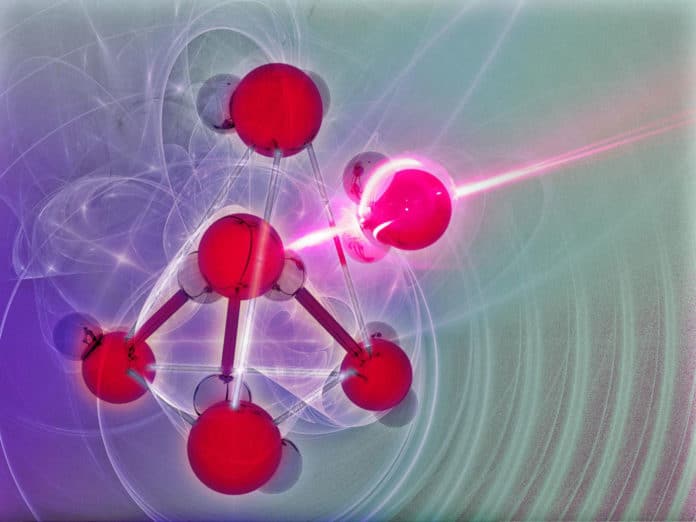Water displays several anomalous properties that are further enhanced in its supercooled state.
Until now, liquid water at the most outrageous possible temperatures has been the subject of competing speculations and conjecture. Some scientists have approached whether it is even feasible for water to genuinely exist as a liquid at temperatures as low as – 117.7 F (190 K) or whether the odd behavior is simply water improving on its unavoidable way to a solid.
A new study offers long-sought experimental data to explain some of the bizarre behavior water exhibits at extremely cold temperatures. It suggests that supercooled water is two liquids in one.
Greg Kimmel, a chemical physicist at PNNL, said, “We showed that liquid water at extremely cold temperatures is not only relatively stable, it exists in two structural motifs. The findings explain a long-standing controversy over whether or not deeply supercooled water always crystallizes before it can equilibrate. The answer is: no.”
For the study, scientists used the data from various models proposed to explain water’s unusual properties. The data was obtained using a sort of stop-motion “snapshot” of supercooled water shows that it can condense into a high-density, liquid-like structure.
This higher density form co-exists with a lower-density structure that is more in line with the typical bonding expected for water. The proportion of high-density liquid decreases rapidly as the temperature goes from -18.7 F (245 K) to -117.7 F (190 K), supporting predictions of “mixture” models for supercooled water.
Using infrared spectroscopy, scientists observed water molecules trapped in a kind of stop motion when a thin film of ice got zapped with a laser, creating supercooled liquid water for a few fleeting nanoseconds.
Postdoctoral scientists Loni Kringle said, “A key observation is that all of the structural changes were reversible and reproducible.”
The study could reveal more about graupel, the fluffy pellets that sometimes fall during cool- weather storms. Graupel forms when a snowflake interacts with supercooled liquid water in the upper atmosphere.
Chemical physicist Bruce Kay said, “Liquid water in the upper atmosphere is deeply cooled. When it encounters a snowflake, it rapidly freezes and then, in the right conditions, falls to Earth. It’s the only time most people will experience the effects of supercooled water.”
These studies may also help understand how liquid water can exist on very cold planets—Jupiter, Saturn, Uranus, and Neptune—in our solar system and beyond. Supercooled water vapor also creates the beautiful tails that trail behind comets.
Journal Reference:
- Loni Kringle et al. Reversible structural transformations in supercooled liquid water from 135 to 245 K. Science (2020). DOI: 10.1126/science.abb7542
